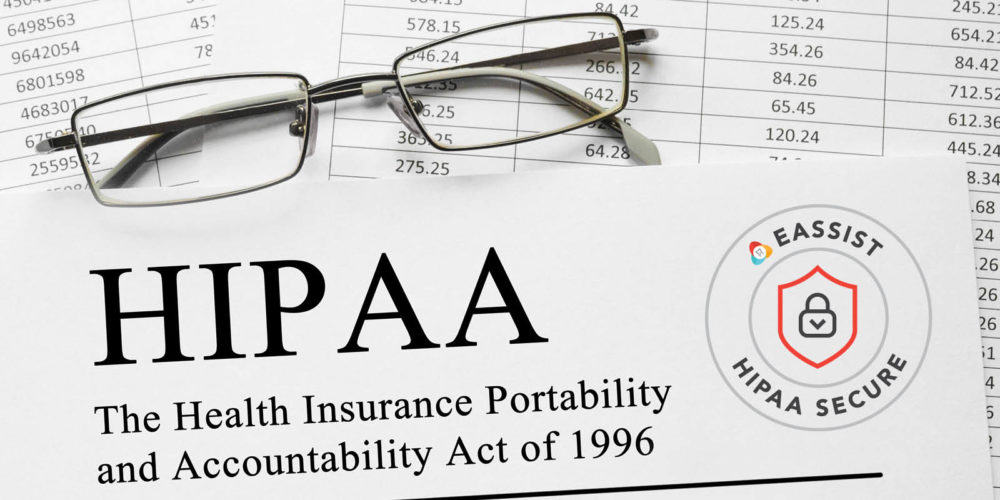Ways to Improve Your Dental Patient Wait Time
“The doctor will be with you shortly.” If this isn’t the biggest lie in the history of the universe, then I don’t know what is. I guess it all depends on your definition of “shortly.” For me, “shortly” inarguably means any amount of time less than 30 minutes. Apparently, to the doctor my child recently saw “shortly” means around two hours. I don’t mean to criticize doctors or dentists. I get it, emergencies happen and I’m all for taking care of those who are in need. But on the other hand, can we (all of us in the waiting room) get some transparency? I mean, according to Dentistry Today, “patients who wait more the 20 minutes leave unsatisfied.” These unsatisfied customers present their displeasure through means that directly affect your bottom line, like negative online reviews of your practice or cancellations of follow-up appointments. Maybe with a little more clarity and transparency while in the waiting room, those patients might not leave so disgruntled after a longer than estimated wait.
The good news is, a study conducted by Vitals.com revealed that 86% of all dentists they studied meet with their patients within the 20-minute window. Even better, almost half of all dentists met with their patients within five minutes of them checking in. But what about the other half? If you find that your practice fits into that “other half” category, there are solutions to keeping your waiting patients at ease while their waiting to be seen.
I noticed that I don’t mind the hour wait time at the Cheesecake Factory when I have those nifty table tracking system buzzers in my hand. These table tracking systems that restaurants use to let you know when your table is ready provide customers with a sense of freedom and control, allowing them to wander off into nearby stores, focus on work, or even call a friend while they wait. The customer has the sense that they can do whatever they want while they wait, while not losing their opportunity to eat or in this case, be seen by the dentist. When patients are watching the clock, as every minute passes by, they grow more anxious, and that sense of freedom and control table tracking systems provide could be the difference between a positive or negative experience due to a longer than expected wait time.
This next suggestion comes at much less cost than the previous suggestion. It comes from a place of personal experience, and I think it’s fairly easy to accomplish. Be transparent in wait time fluctuation. That’s it. Let the patient know if their wait time has changed. There are several ways to do this. You could hire a waiting room concierge, a new position based solely on the patient experience in the waiting room, which would include tracking and updating wait times. If it seems like overkill to hire a new position just for this cause, current staff can make the same accommodations. Receptionists, although extremely busy already, are in a great position to keep the patient updated while they wait. This isn’t a onetime check in wait time quote, more of a letting the patient know they still know the patient is waiting type thing. Constant, open communication.
Keeping patients updated about their wait times seems like a no brainer practice, but in my experience as a patient, I’d say the majority of offices I’ve been to don’t keep you updated after they check you in. Long waits and closed communication lines are a recipe for disgruntled patients. It’s easy for a patient to feel forgotten or even disrespected if a wait time is longer than previously estimated. A simple fix could save a lot of patients from frustration. Keeping patients in the know helps your office grow.
SOURCE:http://www.dentistrytoday.com/news/industrynews/item/834-patients-who-wait-more-than-20-minutes-leave-unsatisfied


0 Comments